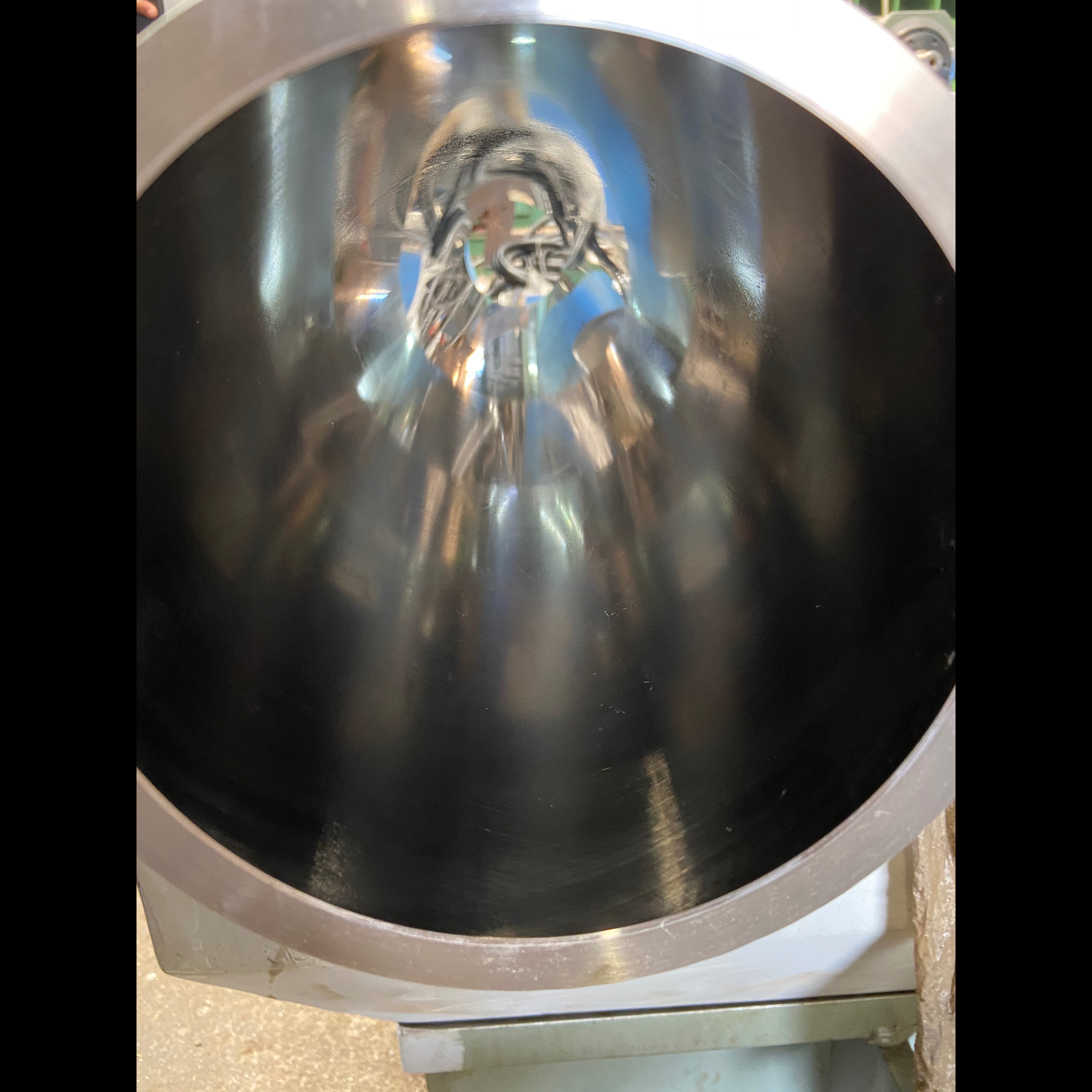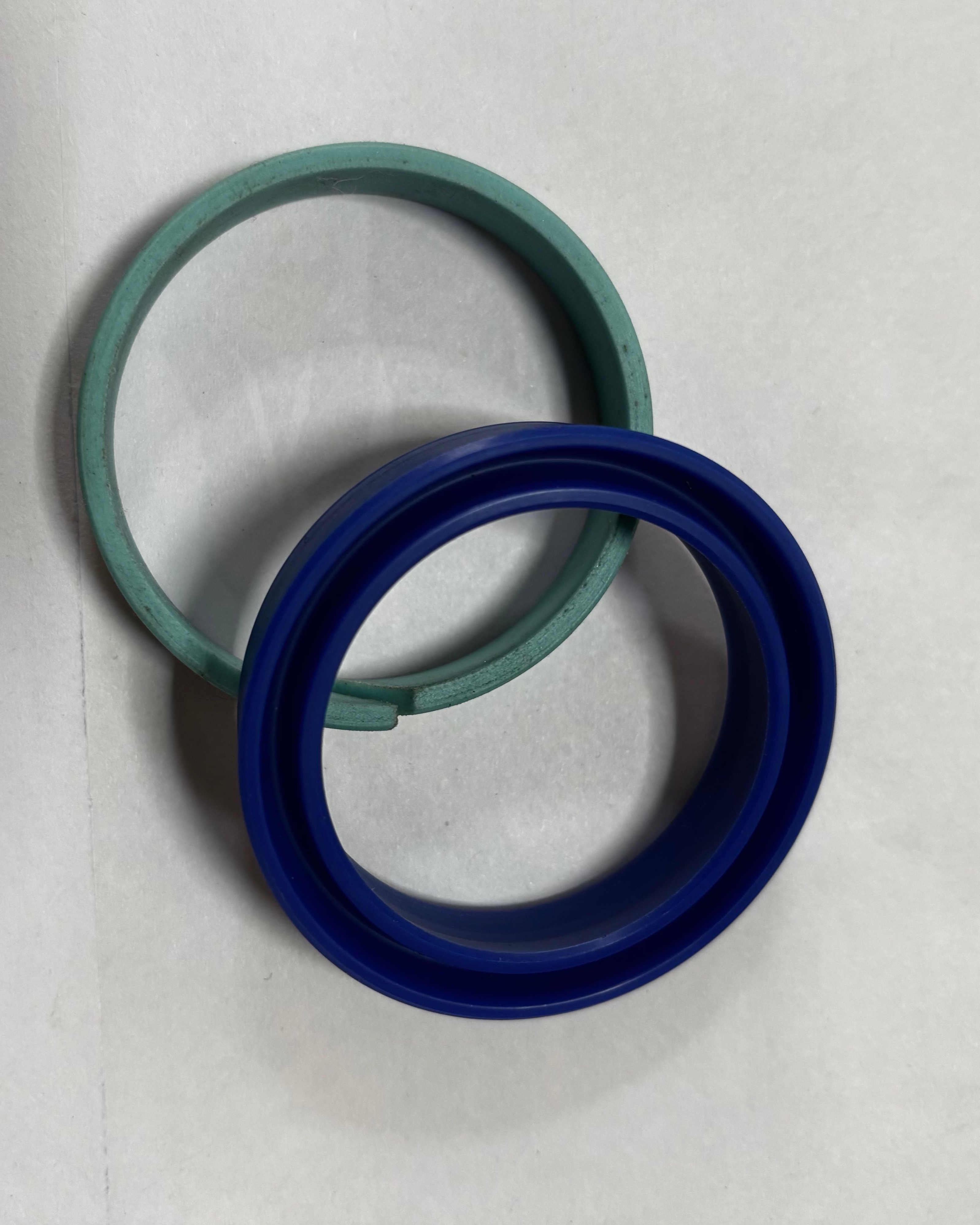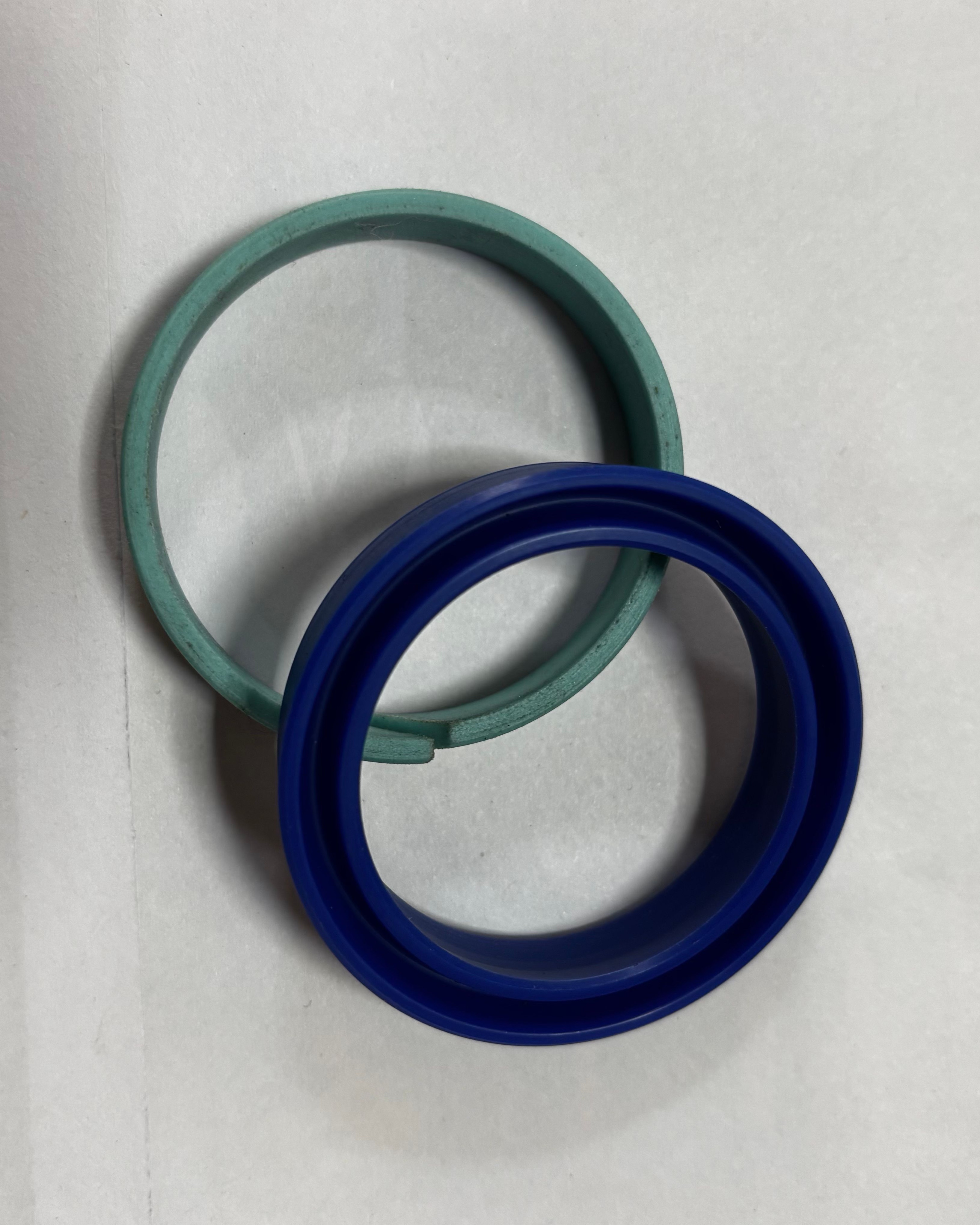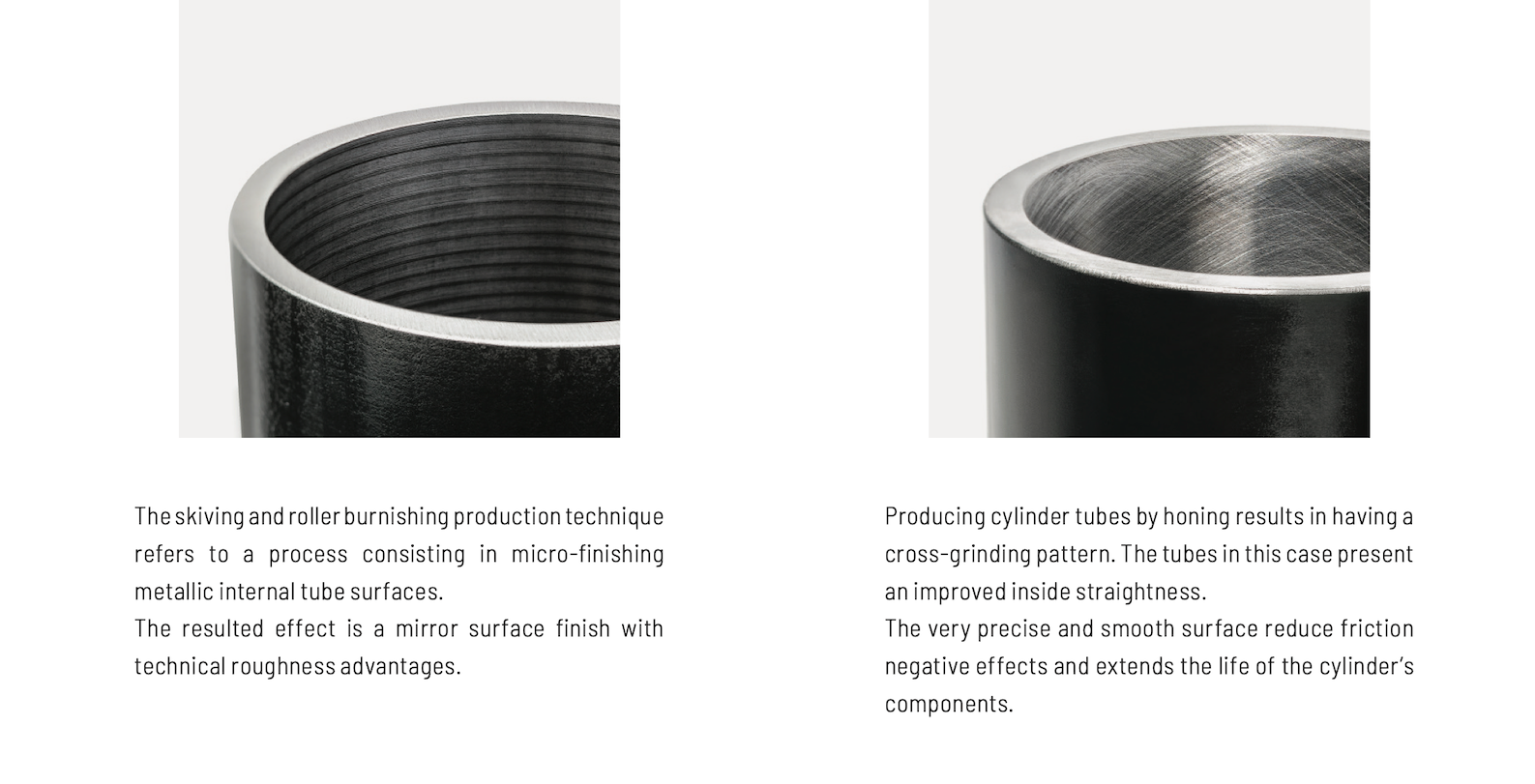
Typical sequences in honing.
• Conventional vitrified stones: rough to near‑size with #220 then finish with #280; plateau with #400–#600 or a dedicated plateau brush/ball‑hone for a few light strokes/passes .
• Diamond/CBN stones: use about #325–#550 diamond for the rough/finish phase to target the same base texture window, then plateau using fine conventional (#400–#600) or brush tools to remove peaks and debris .
• Ball/nylon plateau-only step: after final hone to size, sweep bores briefly with a flexible brush/nylon plateau tool to deburr folded/torn metal and generate plateaus without significantly changing size .
Selection notes
• Harder blocks/liners: bias toward finer grits in the base hone or use diamond/CBN to maintain geometry and consistency, then still plateau with fine conventional/brush media .
• Don’t over‑plateau: excessive fine honing/brush time will reduce (valley depth) and harm oil retention; specify and measure or material ratios rather than relying solely on .
• Cleanliness: always deep‑clean with hot soapy water after plateauing to remove abrasive residue that can accelerate wear and prevent proper ring seating .


